Natural disasters have the power to reshape landscapes, change the course of history, and leave entire cities deserted. From ancient times to the modern era, these catastrophic events have forced people to abandon their homes and seek safety elsewhere. As we explore these 15 harrowing tales of destruction, we’ll also consider how similar events could unfold in the future and discuss what we might learn to better prepare ourselves.
1. Pompeii’s Fiery End: The Eruption of Mount Vesuvius
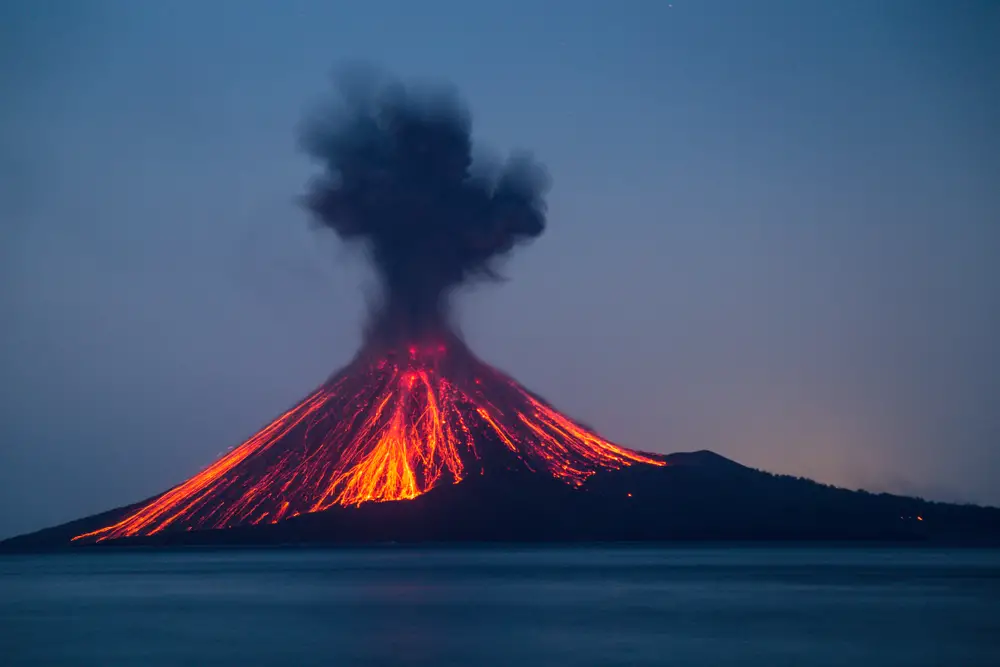
In 79 AD, the once-thriving Roman city of Pompeii met a fiery demise when Mount Vesuvius erupted with a force that buried the city under tons of volcanic ash. The eruption was so sudden that many of the city’s inhabitants were caught off guard, preserving their final moments in time. According to the Science journal, the intense heat from the eruption killed many instantly, while others perished from suffocation. The city remained buried and forgotten until its rediscovery in the 18th century, providing us with a unique glimpse into ancient Roman life.
Today, Vesuvius still looms ominously over the modern city of Naples, reminding us of the potential for history to repeat itself. Experts warn that a future eruption could be catastrophic, given the densely populated area now surrounding the volcano. While monitoring systems have improved significantly, the challenge remains to effectively evacuate the millions of residents in the volcano’s shadow. This looming threat underscores the importance of disaster preparedness in volcanic regions worldwide.
2. The Great Galveston Hurricane: Nature’s Unforgiving Fury
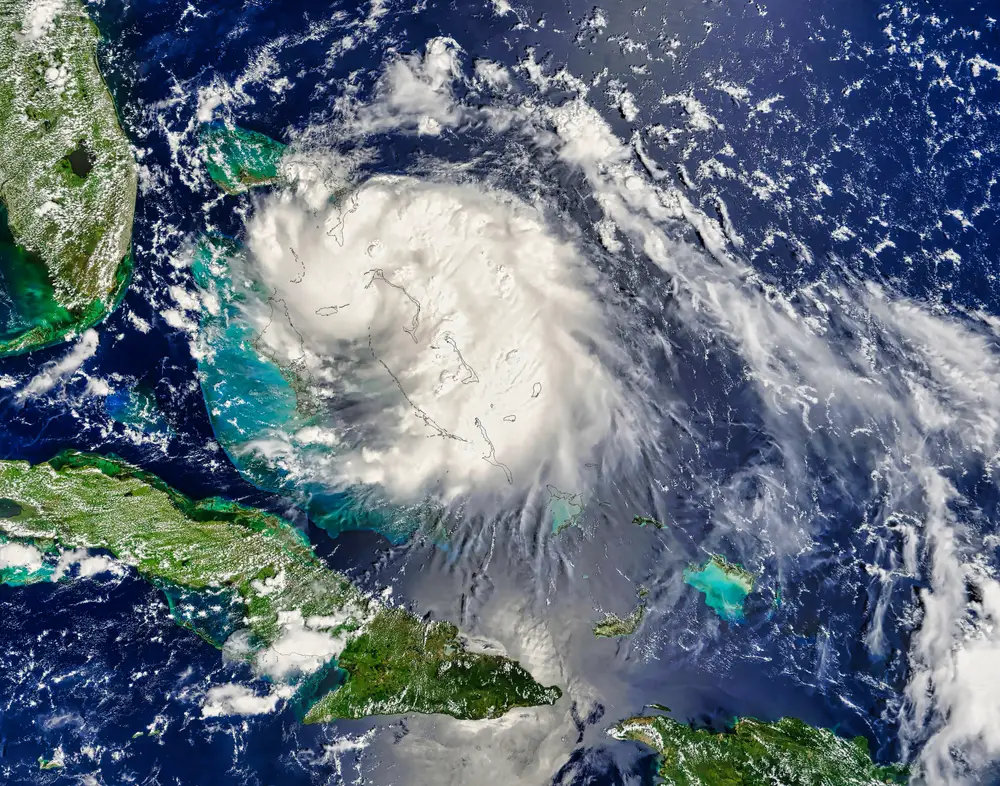
In 1900, the bustling port city of Galveston, Texas, was decimated by a hurricane that remains the deadliest natural disaster in U.S. history. The storm surge flooded the island, destroying homes and infrastructure and claiming the lives of approximately 8,000 people. According to the National Park Service, the sheer magnitude of destruction left the city in ruins, leading to its eventual decline as a major port. In the aftermath, Galveston began constructing a seawall and raising its elevation to protect against future storms.
While these measures have provided some level of protection, Galveston remains vulnerable to hurricanes, as demonstrated by Hurricane Ike in 2008. Rising sea levels and increasing storm intensity due to climate change further exacerbate this risk. As we face a future of potentially more frequent and severe hurricanes, cities like Galveston highlight the urgent need for innovative coastal protection strategies. Building resilient communities in hurricane-prone areas is crucial to minimizing the devastation of future storms.
3. Chernobyl’s Nuclear Nightmare: A Misstep in Modernity
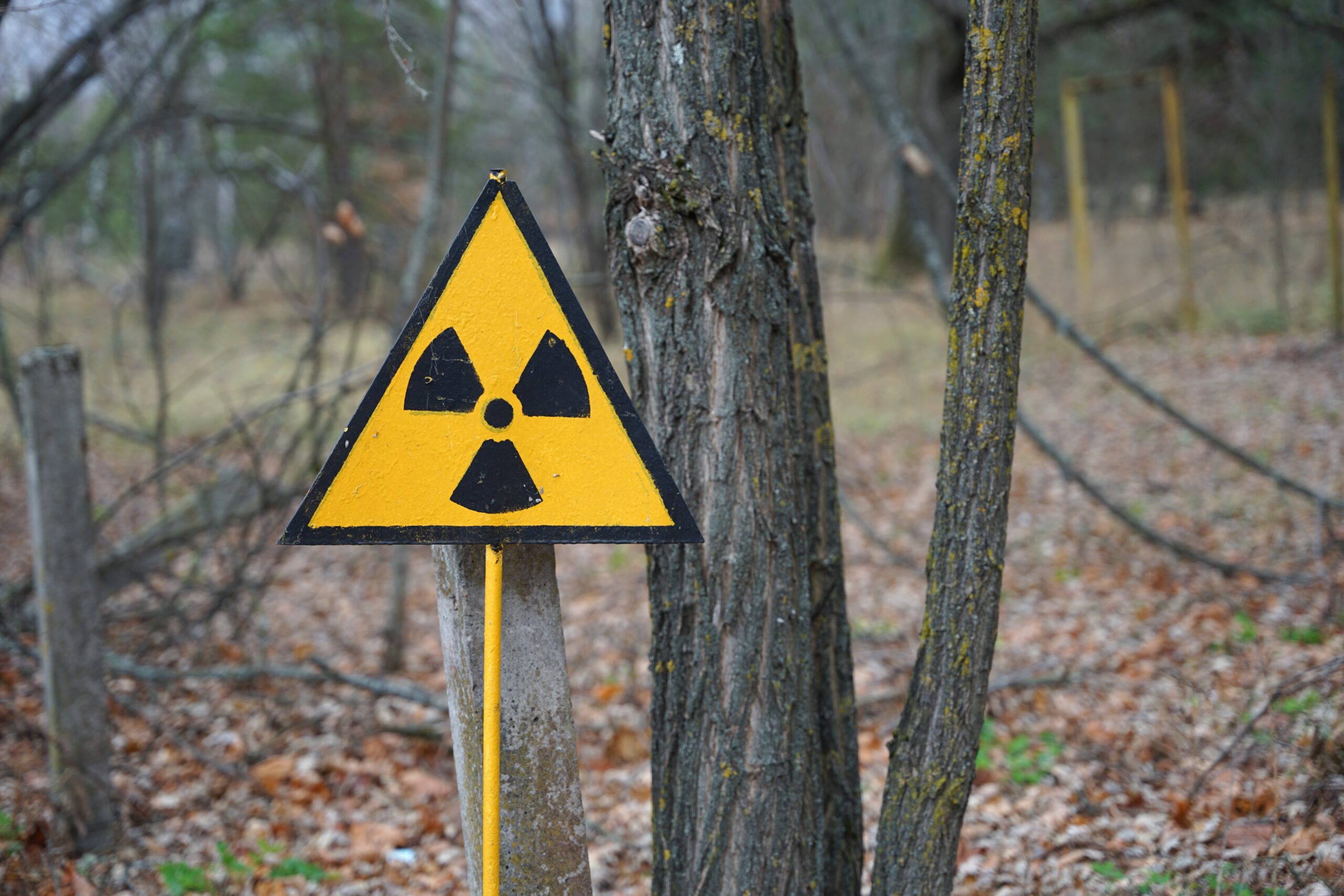
The Chernobyl disaster in 1986 marked one of the most severe nuclear accidents in history, rendering the nearby city of Pripyat uninhabitable. A reactor explosion at the Chernobyl Nuclear Power Plant released a significant amount of radioactive material into the atmosphere. As reported by the World Nuclear Association, the Soviet government evacuated the entire city, displacing thousands of residents. The exclusion zone around Chernobyl remains a haunting reminder of the disaster’s lasting impact.
While nuclear safety has improved dramatically since Chernobyl, the potential for similar accidents cannot be completely eliminated. The Fukushima disaster in 2011 serves as a stark reminder of this fact, highlighting the importance of rigorous safety protocols and emergency planning. As we continue to rely on nuclear energy, it is imperative to learn from past mistakes and ensure the safety of future generations. The ghost towns left in the wake of nuclear disasters urge us to proceed with caution in our pursuit of clean energy.
4. The Ruins of St. Pierre: A Volcano’s Wrath
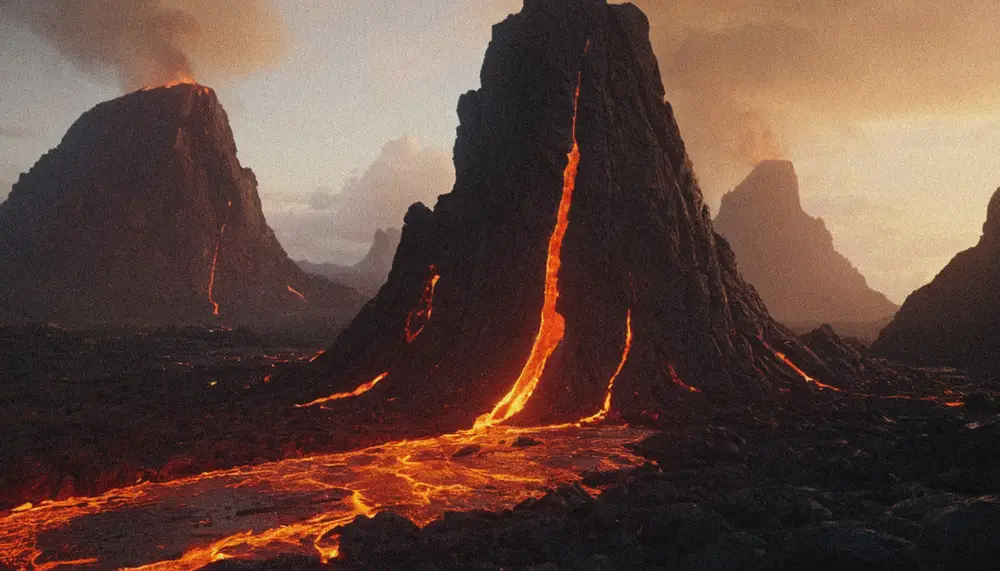
In 1902, the Caribbean island of Martinique experienced the devastating eruption of Mount Pelée, which obliterated the city of St. Pierre. The eruption produced a lethal pyroclastic flow that descended upon the city with little warning, killing nearly 30,000 people in mere minutes. St. Pierre, then known as the “Paris of the Caribbean,” was reduced to ruins, with only two known survivors. The disaster serves as a grim reminder of the destructive power of volcanic eruptions and the importance of early warning systems.
Today, volcanic monitoring has advanced significantly, but communities near active volcanoes must remain vigilant. The challenge lies in accurately predicting eruptions and evacuating residents in a timely manner. With many of the world’s active volcanoes located near densely populated areas, the potential for future tragedies persists. Strengthening global volcanic monitoring networks and investing in community preparedness are essential steps in mitigating the risks associated with living in the shadow of volcanoes.
5. The Lost City of Helike: Swallowed by the Sea
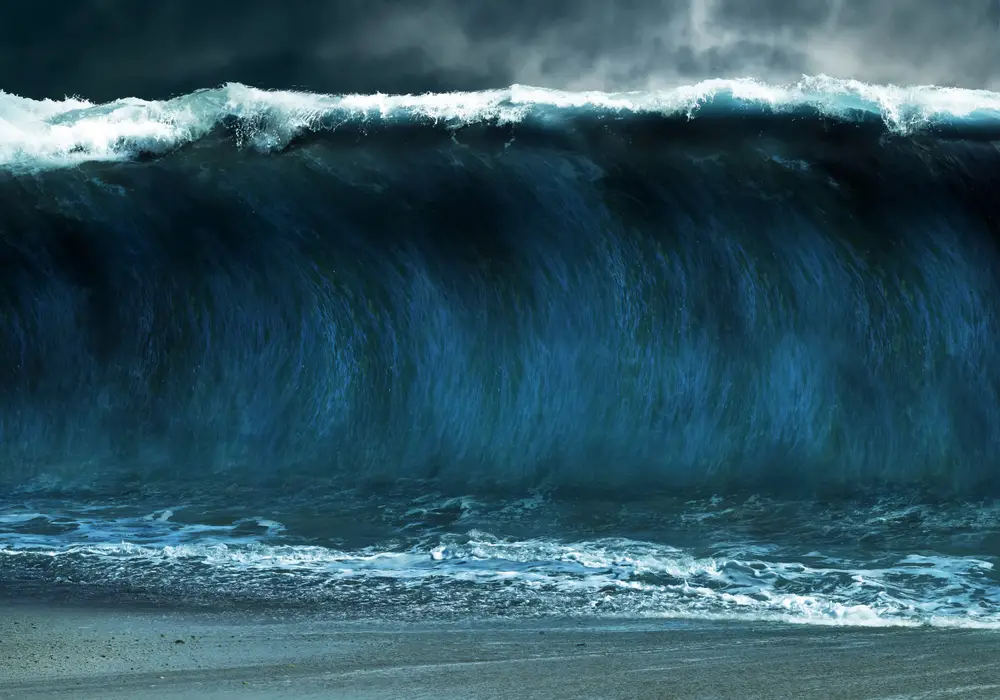
The ancient Greek city of Helike was a thriving cultural and economic hub before it was engulfed by an earthquake and subsequent tsunami around 373 BC. The disaster is said to have occurred overnight, leaving little chance for escape and submerging the city beneath the sea. For centuries, Helike’s exact location was a mystery, becoming a legend akin to Atlantis. Recent archaeological efforts have begun to uncover the city’s remains, shedding light on its tragic fate and providing insights into ancient urban life.
The story of Helike highlights the ongoing threat of tsunamis, particularly in tectonically active regions. With modern coastal cities growing in both size and population, the potential impact of such disasters has increased significantly. Efforts to understand and map underwater fault lines can improve our ability to predict and prepare for future tsunamis. As we continue to explore ancient sites like Helike, the lessons learned can guide us in protecting vulnerable coastal communities from similar fates.
6. The Silent Ruin of Centralia: A Town Consumed by Fire
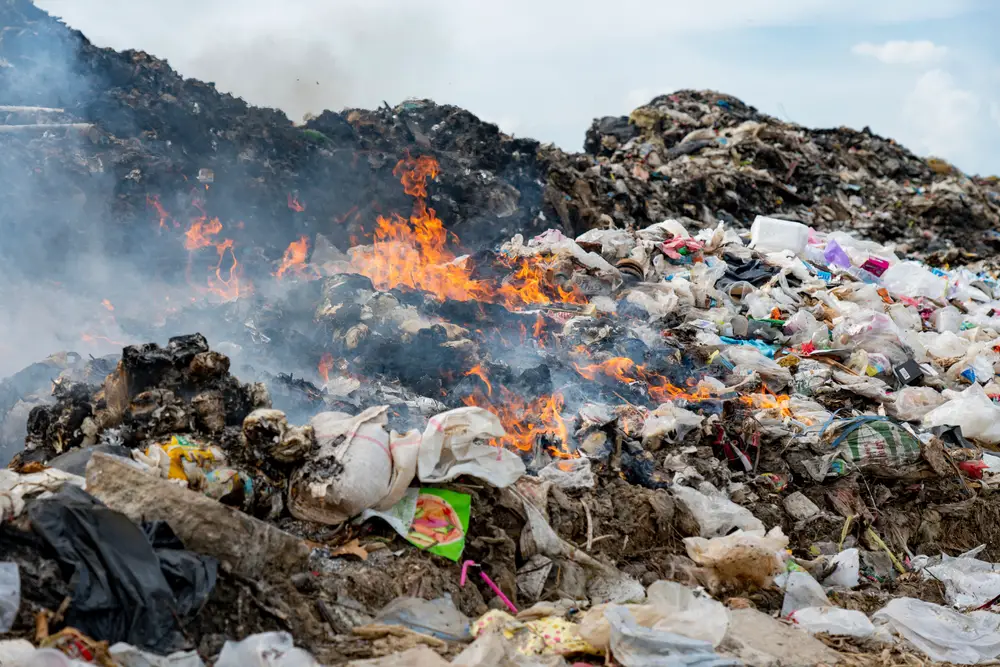
Centralia, Pennsylvania, was once a bustling coal mining town until an underground mine fire ignited in 1962. The fire, believed to have started in a landfill, spread through the extensive network of coal seams beneath the town, creating a slow-burning inferno that continues to smolder to this day. As toxic gases and sinkholes began to pose serious threats, residents were gradually relocated, and the town was officially condemned. Today, Centralia is a ghost town, with only a few stubborn holdouts remaining amid the eerie landscape of smoke and abandoned buildings.
The Centralia fire serves as a cautionary tale about the dangers of unregulated mining and the long-lasting impacts of industrial disasters. While the risk of similar fires exists in other coal mining regions, advances in mine safety and environmental regulations have greatly reduced their likelihood. However, as long as coal remains a key energy source, the potential for subterranean fires persists. Centralia reminds us of the importance of responsible resource management and the need for ongoing vigilance in preventing similar incidents.
7. The Vanishing of Old Valdez: Earthquake-Induced Exodus
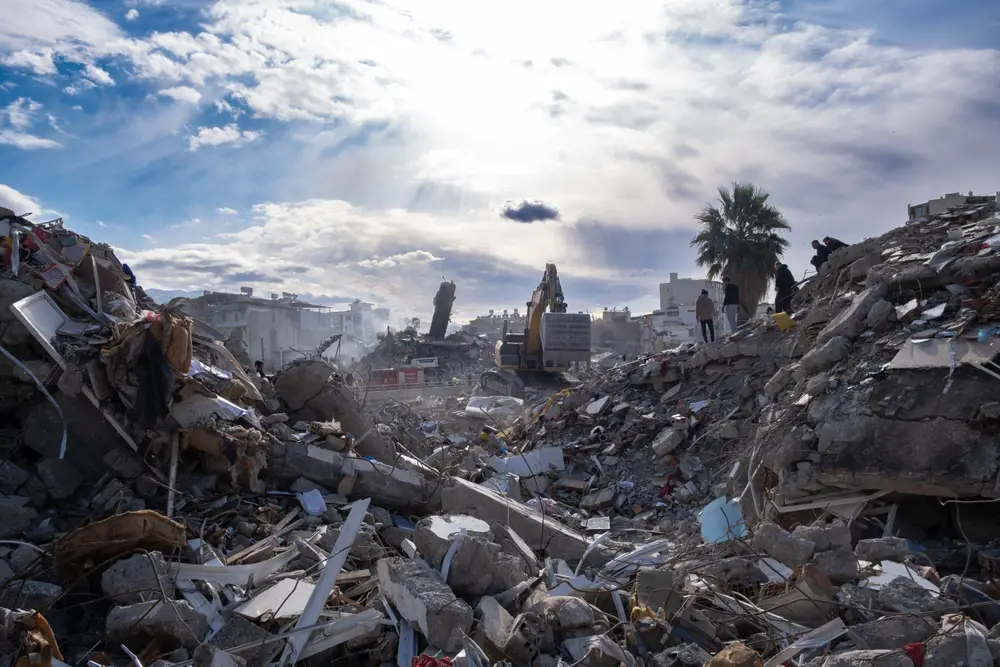
In 1964, the Alaskan city of Valdez was devastated by the most powerful earthquake in U.S. history, measuring a magnitude of 9.2. The earthquake triggered a massive underwater landslide, resulting in a tsunami that obliterated the city’s waterfront and left significant portions of the town in ruins. Following the disaster, the decision was made to relocate the entire community to a more stable location, a few miles from the original site. The remains of Old Valdez still lie abandoned, serving as a stark reminder of the earthquake’s destructive power.
Today, Valdez is better prepared for seismic events, with improved building codes and emergency response plans. However, the Pacific Northwest remains vulnerable to similar quakes due to the nearby Cascadia Subduction Zone. Ongoing research and monitoring efforts aim to enhance our understanding of these seismic threats and improve preparedness strategies. As communities in earthquake-prone areas work to mitigate risks, the story of Old Valdez emphasizes the importance of resilience and adaptability in the face of natural disasters.
8. The Sinking of Port Royal: A City Lost to the Sea
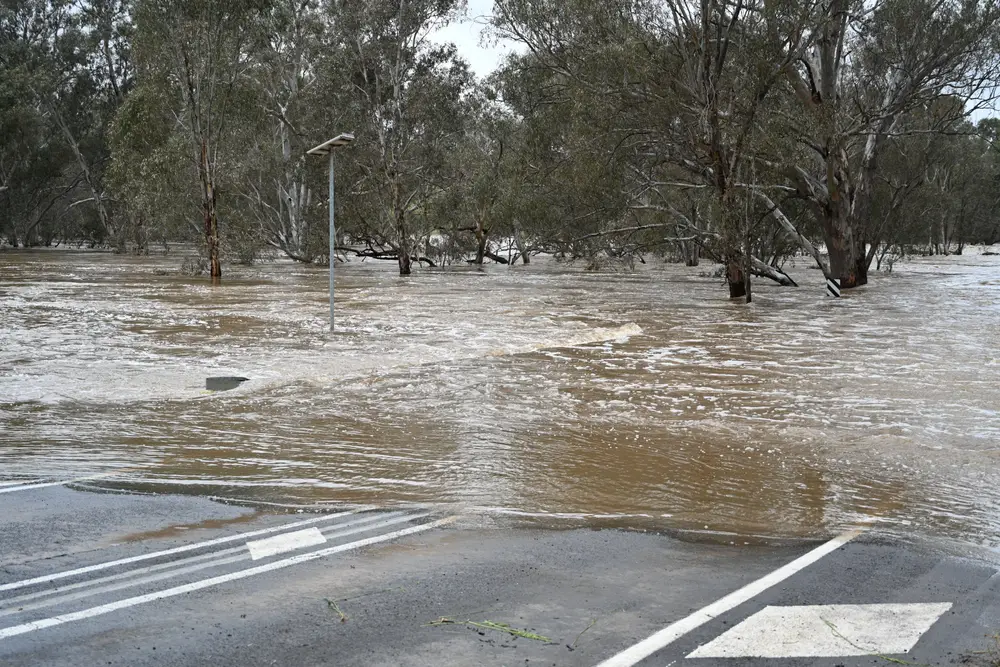
Once known as the “Wickedest City on Earth,” Port Royal was a bustling hub of commerce and piracy in the Caribbean during the 17th century. In 1692, a massive earthquake struck Jamaica, causing a portion of the city to sink into the sea. The earthquake, compounded by a tsunami, devastated Port Royal, killing thousands and leading to its decline. The sunken city now lies beneath the waters of Kingston Harbor, its ruins serving as a submerged monument to its tumultuous past.
The fate of Port Royal underscores the vulnerability of coastal cities to seismic activity and the threat of tsunamis. While today’s technology allows for better monitoring and early warning systems, predicting earthquakes remains a challenge. As coastal development continues to expand, understanding the geological risks in these areas becomes increasingly important. By studying historical sites like Port Royal, we can gain valuable insights into the challenges faced by modern coastal cities in the face of natural disasters.
9. The Ashes of San Francisco: A City Reborn
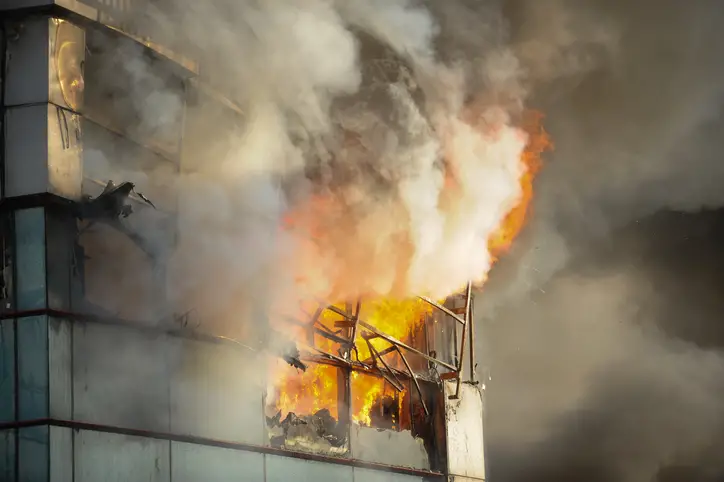
In 1906, San Francisco was nearly destroyed by a massive earthquake followed by a series of devastating fires. The quake, estimated at a magnitude of 7.9, ruptured more than 270 miles of the San Andreas Fault, causing widespread destruction. The subsequent fires, fueled by broken gas lines and hampered by a lack of water, razed large swaths of the city. Despite the scale of the disaster, San Francisco demonstrated remarkable resilience, embarking on an ambitious rebuilding effort that transformed it into a modern metropolis.
Today, San Francisco’s location along the San Andreas Fault continues to pose a significant seismic risk. Advances in engineering and construction techniques have improved the city’s ability to withstand earthquakes, but the potential for another major event remains. Efforts to retrofit older buildings and enhance emergency response plans are ongoing, as the city works to mitigate the impact of future quakes. The story of San Francisco’s recovery highlights the importance of resilience and innovation in overcoming the challenges posed by natural disasters.
10. The Exodus from New Orleans: Aftermath of Hurricane Katrina
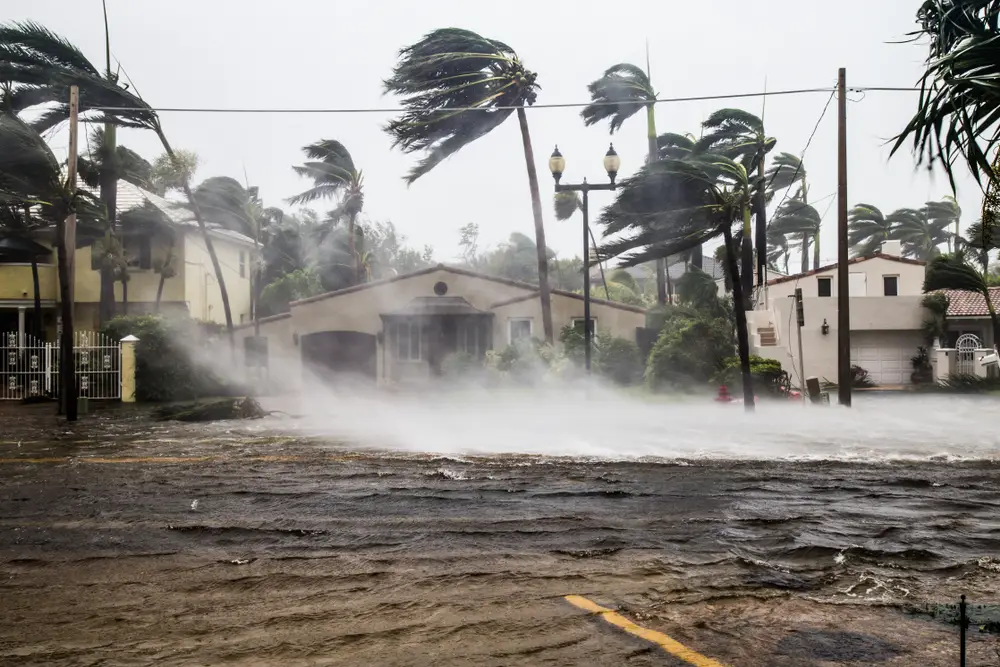
In 2005, Hurricane Katrina struck the Gulf Coast, leading to catastrophic flooding in New Orleans when levees failed. The disaster claimed over 1,800 lives and displaced hundreds of thousands, leaving large parts of the city uninhabitable. The aftermath exposed significant shortcomings in disaster preparedness and response, prompting widespread criticism of government agencies. In the years since Katrina, New Orleans has made significant strides in rebuilding and strengthening its flood defenses.
Despite these efforts, New Orleans remains vulnerable to hurricanes and rising sea levels due to climate change. The city’s unique geography and aging infrastructure pose ongoing challenges as it works to improve resilience. Investments in wetland restoration and innovative flood management systems are critical to reducing future risks. New Orleans’ experience during Hurricane Katrina underscores the need for comprehensive disaster planning and action to address the growing threat of climate-related disasters.
11. The Abandonment of Pripyat: A Nuclear Ghost Town
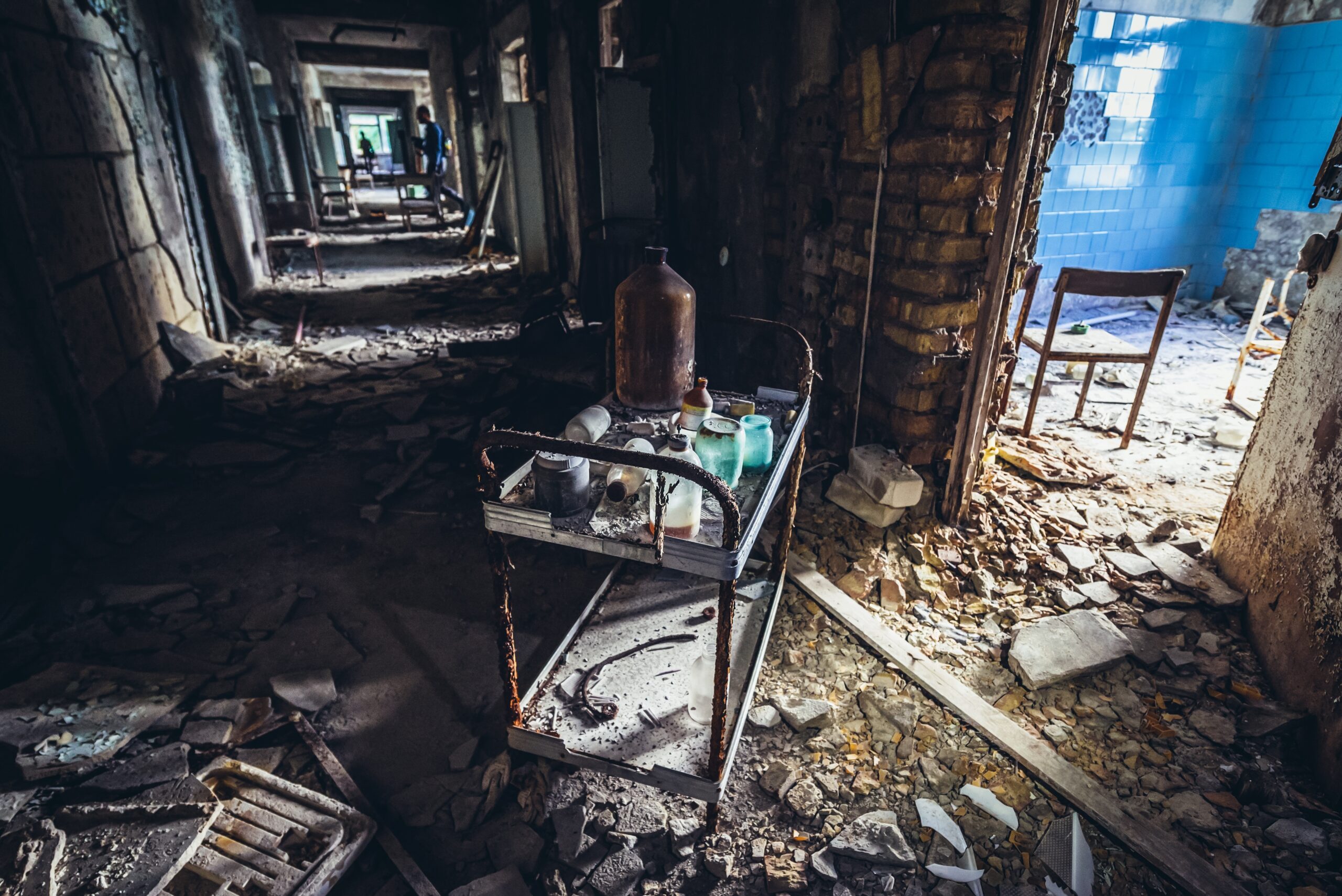
The city of Pripyat, once home to workers of the Chernobyl Nuclear Power Plant, was evacuated following the 1986 disaster. Radioactive contamination rendered the area uninhabitable, transforming Pripyat into a haunting ghost town frozen in time. The city’s rapid evacuation left behind a wealth of personal belongings and infrastructure, offering a poignant glimpse into the lives disrupted by the catastrophe. As nature slowly reclaims the city, Pripyat stands as a stark reminder of the consequences of nuclear accidents.
While nuclear safety has improved significantly since the Chernobyl disaster, concerns about the risks of nuclear energy persist. Efforts to decommission and contain damaged reactors continue, but challenges remain in managing the long-term impacts of radioactive contamination. As countries weigh the benefits of nuclear power against its potential dangers, Pripyat serves as a cautionary tale. The need for stringent safety measures and international cooperation is paramount to preventing future nuclear tragedies.
12. The Plight of Plymouth: A Volcanic Exodus
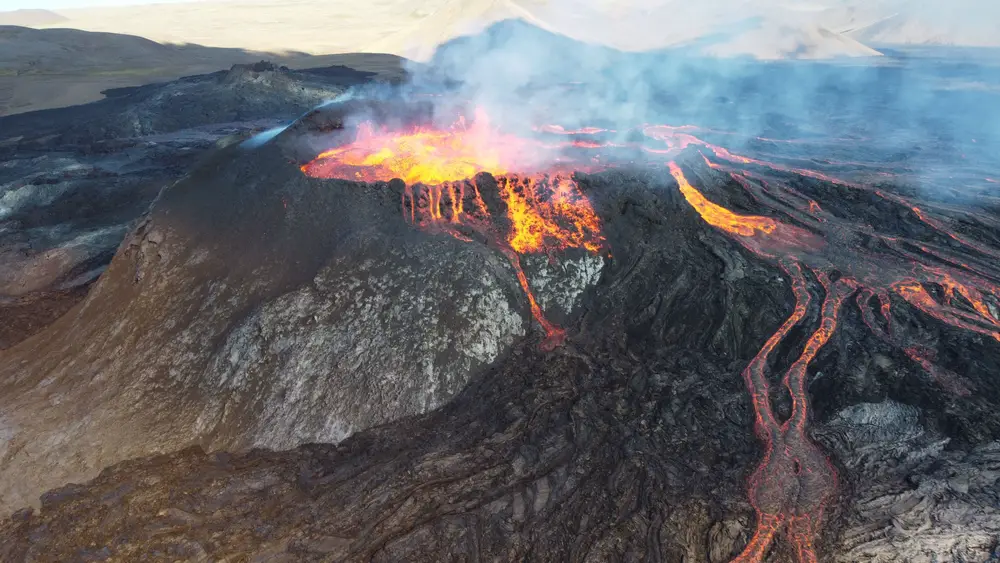
In 1995, the Soufrière Hills volcano on the Caribbean island of Montserrat erupted, leading to the evacuation and eventual abandonment of the island’s capital, Plymouth. The eruption buried much of the city under volcanic ash and pyroclastic flows, destroying infrastructure and displacing thousands of residents. The disaster severely impacted the island’s economy and prompted efforts to relocate the population to safer areas. Today, the exclusion zone around the volcano remains in place, with Plymouth serving as a somber monument to the volcano’s power.
Volcanic activity on Montserrat continues to pose a threat, highlighting the challenges faced by communities living near active volcanoes. Advances in volcanic monitoring have improved early warning capabilities, but the unpredictability of eruptions remains a challenge. As scientists work to better understand volcanic behavior, the experience of Plymouth underscores the importance of preparedness and adaptation. Building resilient communities in volcanic regions requires ongoing investment in monitoring, research, and public education.
13. The Desolation of Hashima Island: The Rise and Fall of a Mining Town
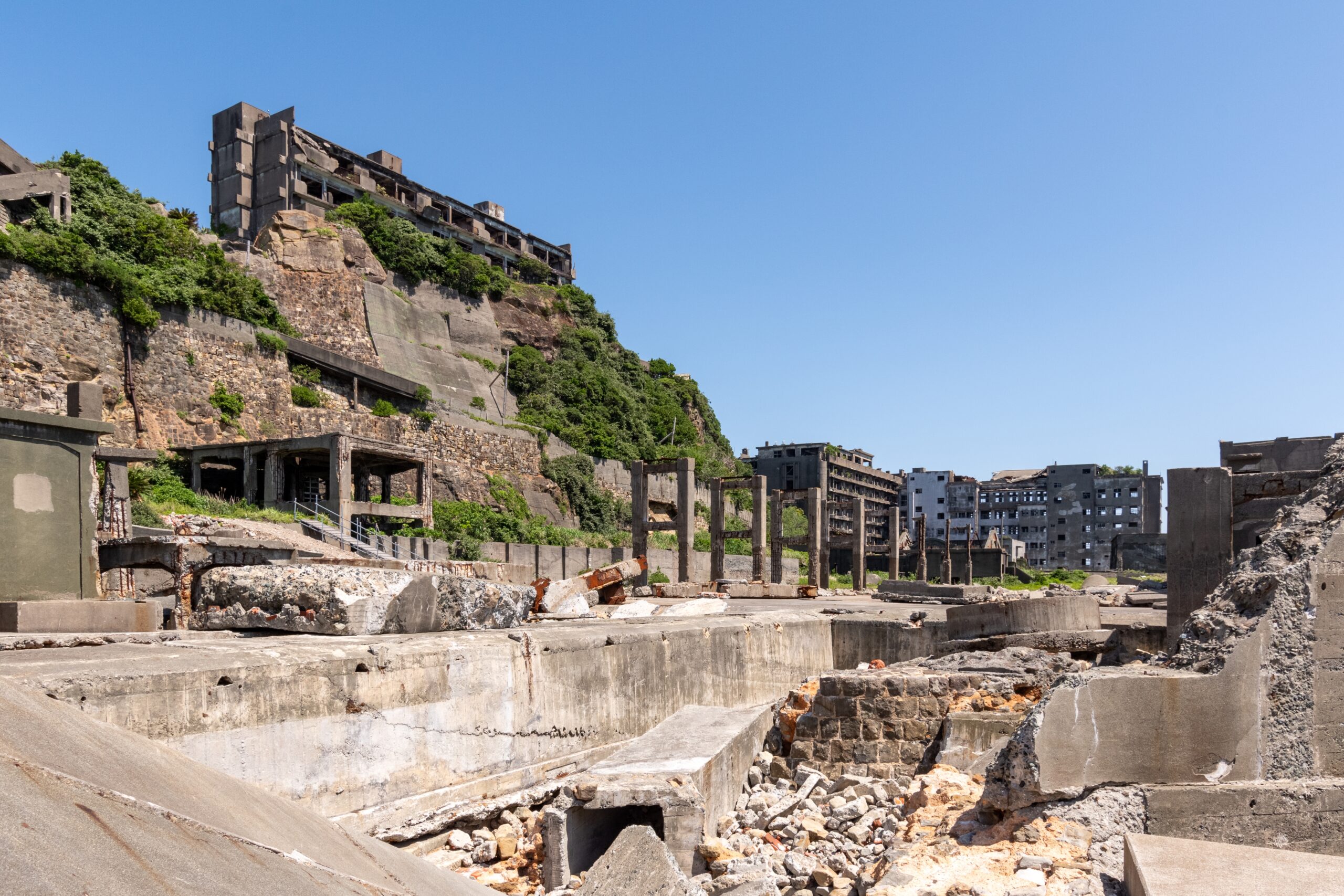
Hashima Island, also known as Gunkanjima or “Battleship Island,” was once a thriving coal mining community off the coast of Japan. At its peak in the mid-20th century, the island boasted a dense population of workers and their families living in high-rise apartments. However, as oil replaced coal as Japan’s primary energy source, the mines were closed, leading to a rapid decline and eventual abandonment in 1974. Today, the island’s crumbling structures and eerie silence serve as a poignant reminder of the boom-and-bust nature of industrial towns.
The story of Hashima Island highlights the broader challenges faced by communities reliant on single industries. Economic diversification and sustainable development are crucial to ensuring long-term resilience in the face of changing economic landscapes. As the world shifts towards renewable energy sources, communities dependent on fossil fuels must adapt to avoid similar fates. Hashima Island serves as a cautionary tale, urging us to consider the broader impacts of energy transitions on local economies and societies.
14. The Submergence of New Moore Island: Climate Change’s Rising Tide
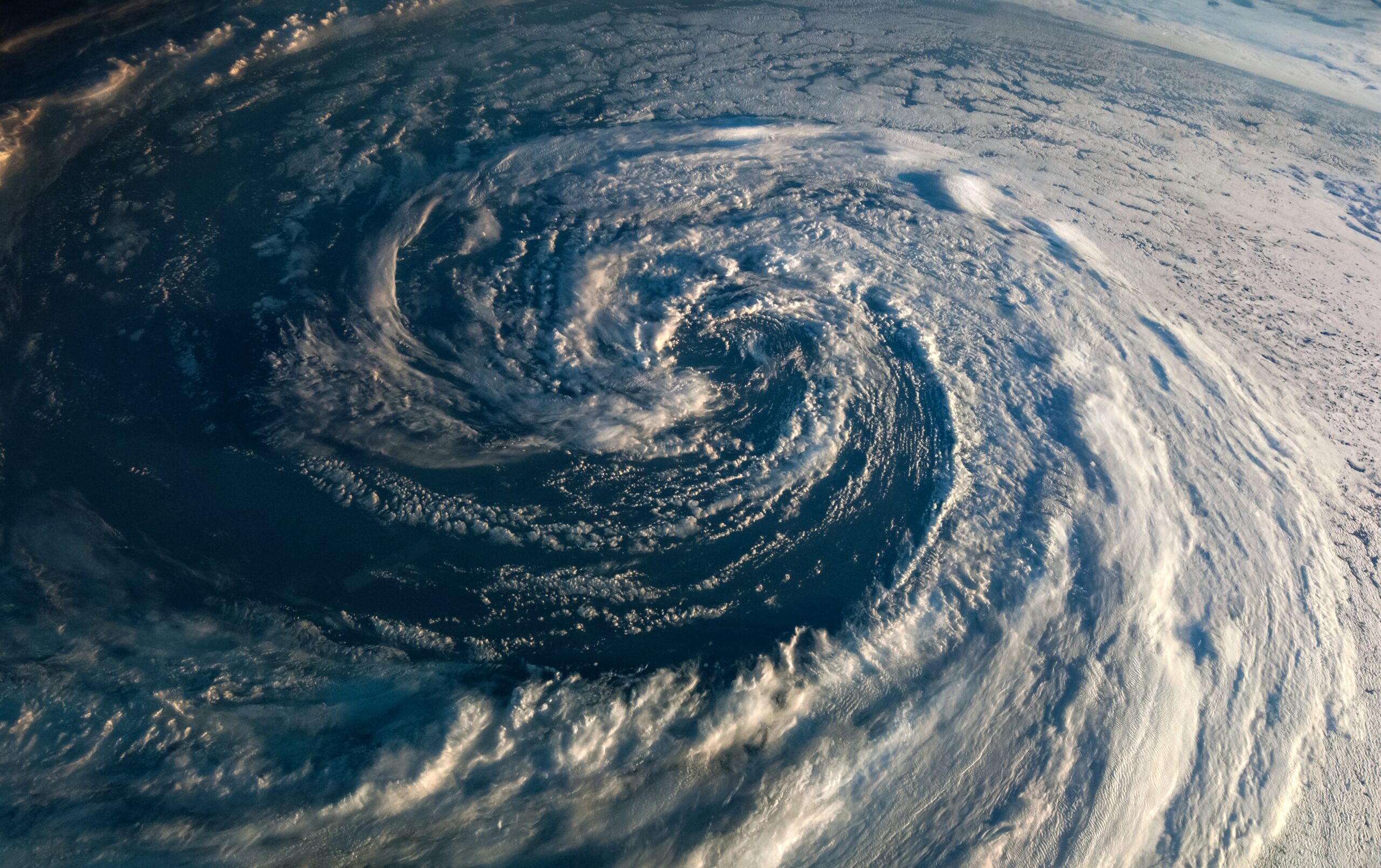
New Moore Island, a small, uninhabited island in the Bay of Bengal, was once a disputed territory between India and Bangladesh. Formed in the aftermath of a cyclone in 1970, the island emerged above sea level but was slowly reclaimed by rising waters in the subsequent decades. By 2010, New Moore Island had completely submerged, serving as a tangible example of the impacts of climate change and sea level rise. The island’s disappearance highlights the vulnerability of low-lying coastal areas to the encroaching sea.
As climate change accelerates, the risk of similar fates befalling other regions becomes increasingly apparent. Coastal cities and island nations face heightened threats from rising sea levels, storm surges, and extreme weather events. Addressing these challenges requires global cooperation and significant investment in climate adaptation and mitigation efforts. New Moore Island’s submergence symbolizes the urgent need for action to protect vulnerable communities from the growing impacts of climate change.
15. The Collapse of Petra: Erosion of an Ancient Wonder
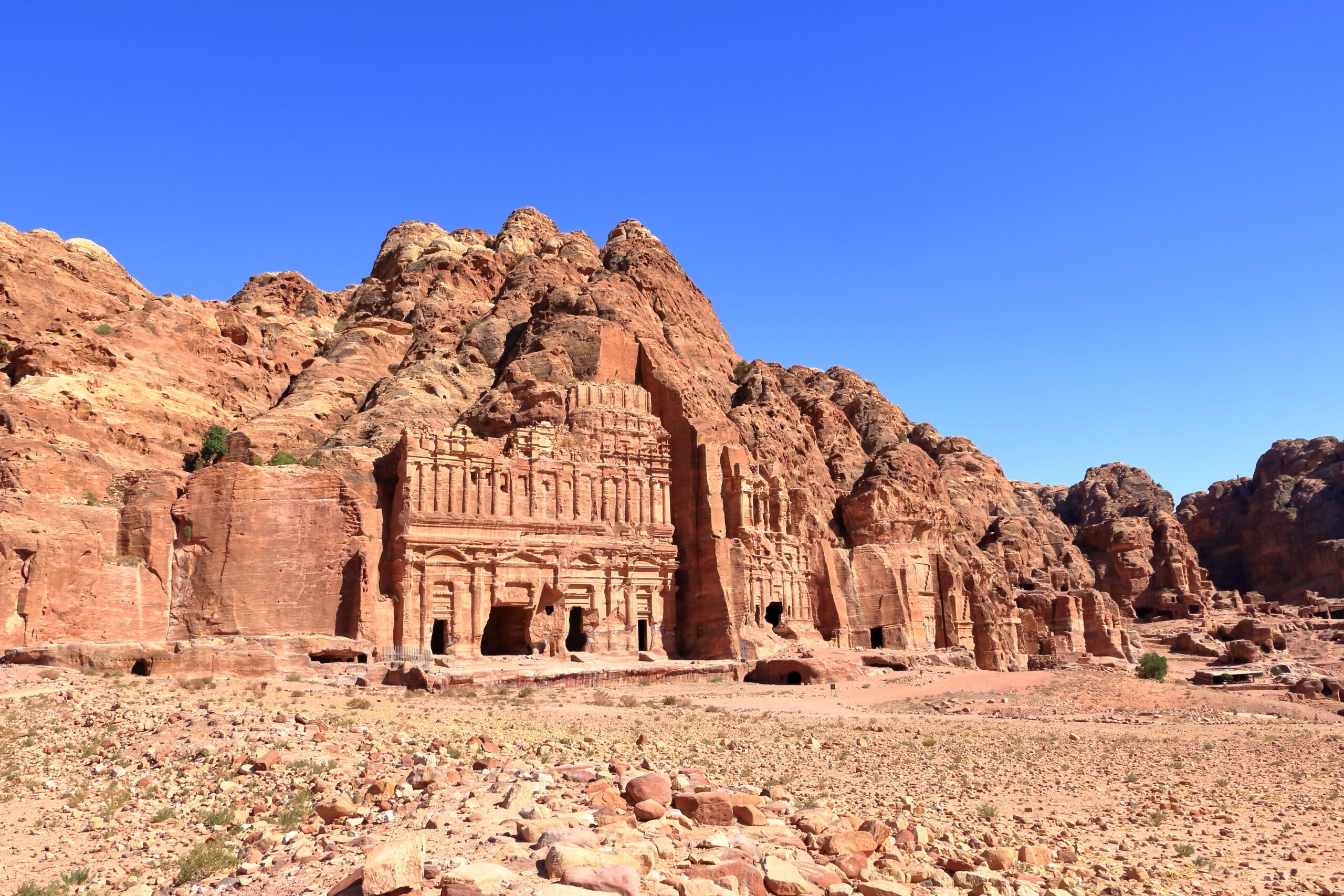
Petra, the ancient Nabatean city carved into the rose-red sandstone cliffs of present-day Jordan, is renowned for its architectural marvels. However, the city faced a gradual decline due to a combination of natural and human-induced factors, including earthquakes, changing trade routes, and climatic shifts. Over time, Petra was largely abandoned, leaving its stunning structures to be slowly eroded by the elements. Today, the site attracts tourists worldwide, but its preservation remains a constant challenge.
The story of Petra underscores the delicate balance between preserving cultural heritage and addressing natural and human threats. Erosion, tourism, and climate change continue to pose risks to the site’s integrity. Efforts to conserve Petra’s unique architecture and environment are ongoing, involving international collaboration and innovative conservation techniques. Petra serves as a reminder of the importance of safeguarding our shared cultural heritage for future generations, even as we confront the ever-present forces of nature.
